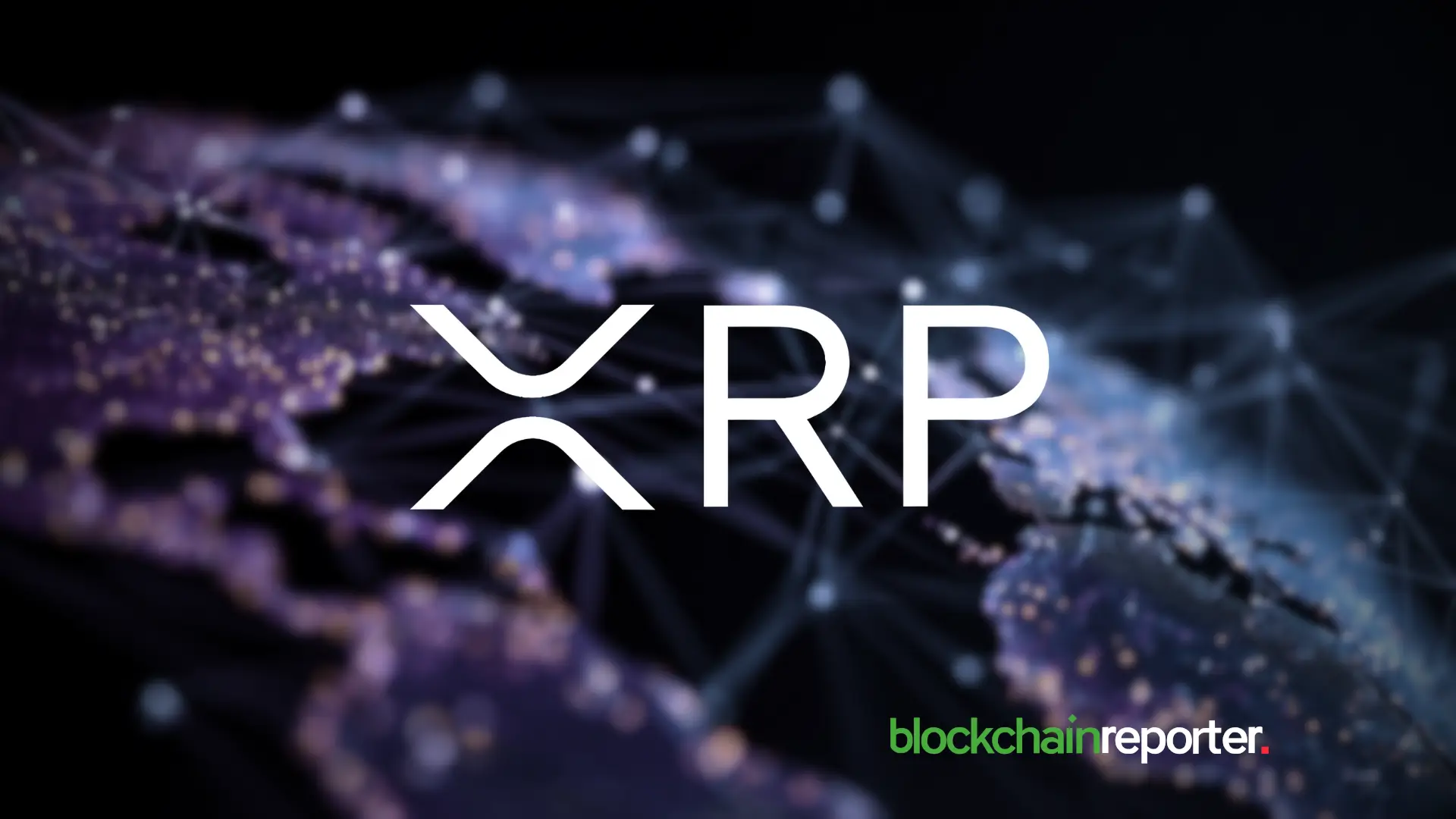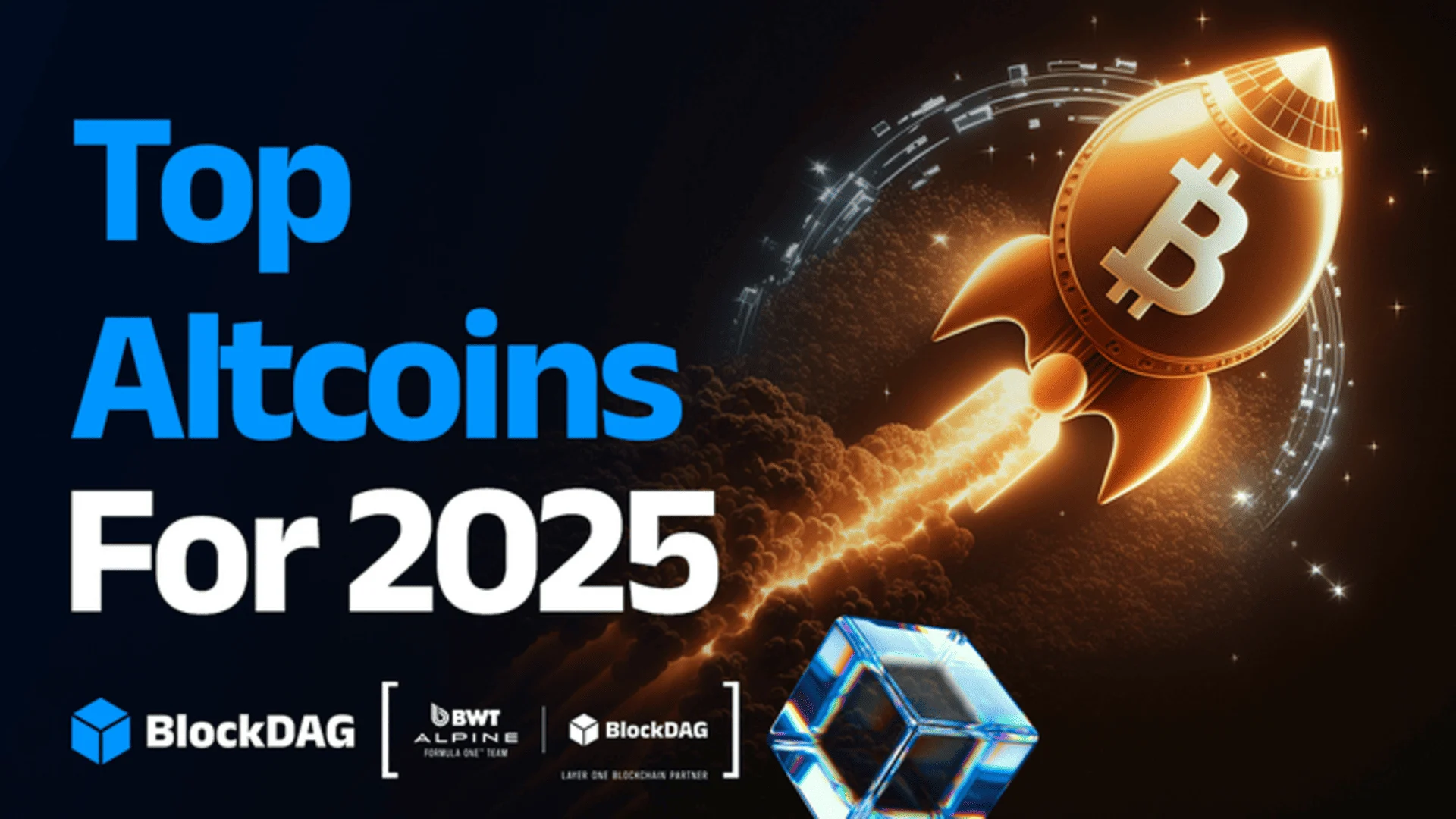A New Layer in Blockchain Gaming: Open Loot’s OL Chain Seeks to Banish Lag and Fees



In the fast-evolving world of Web3 gaming, where digital assets change hands in seconds and player decisions hinge on split-second timing, even minor delays can shatter the experience. Open Loot, a platform that has attracted more than 2.5 million registered users, is betting that its newly introduced OL Chain—a specialized Layer 3 appchain—can eliminate those frustrations once and for all.
The chain is engineered for immediacy. A user presses “buy” on a rare NFT, and the transaction finalizes before the screen refreshes. No pending notifications, no anxious wait for network confirmation. For gamers accustomed to the stutter of congested blockchains, the difference is stark: OL Chain processes trades, mints, and in-game actions in real time, preserving the flow that keeps competitive play engaging.
Speed, however, is only part of the equation. Security underpins every interaction. OL Chain inherits Ethereum’s battle-tested cryptographic framework while running a dedicated execution environment. Each block is publicly auditable, each signature cryptographically locked, offering players and developers a level of assurance that has often been elusive in decentralized ecosystems.
Cost has long been another hurdle. OL Chain launches with zero gas fees, meaning users can acquire assets, upgrade inventories, or climb leaderboards without incremental charges eroding their gains. Looking ahead, the platform plans to introduce gas sponsorship, enabling studios to absorb transaction costs for entire communities. The result: a pathway to broader participation, unencumbered by the financial friction that has deterred casual entrants.
Scalability rounds out the vision. OL Chain is built to handle surges in activity—thousands of simultaneous mints during a hot drop, millions of concurrent sessions across interconnected titles—without the bottlenecks that plague shared networks. Its architecture supports seamless asset portability, allowing a skin earned in one game to appear instantly in another, all recorded on a single, efficient ledger.
For Open Loot, which styles itself as the “Steam of crypto,” OL Chain is more than infrastructure; it is a competitive moat. By prioritizing low latency, ironclad security, and negligible costs, the chain aims to attract both hardcore collectors and mainstream gamers wary of blockchain’s complexities. As the sector matures, platforms that deliver frictionless experiences may well define the next wave of adoption.
More details are available at wiki.openloot.com/ol-chain .

XRP Drops 13% as Whales Dump 500,000 Tokens in 48 Hours
XRP experiences selling pressure after whales sold 500K tokens over 48 hours, prices averaging 13% l...

BlockDAG or Near Protocol? Which Tops the List of Top Crypto Coins Right Now
Witness BlockDAG’s presale nearing its end with a $0.40 launch target, leading top crypto coins as N...

Dogecoin Price Prediction: AI Trading Bots Explode as DeepSnitch AI Network Ships Tools With 100x Potential
AI trading bots surge 200%, but experts warn they're not money printers. Dogecoin price prediction s...

